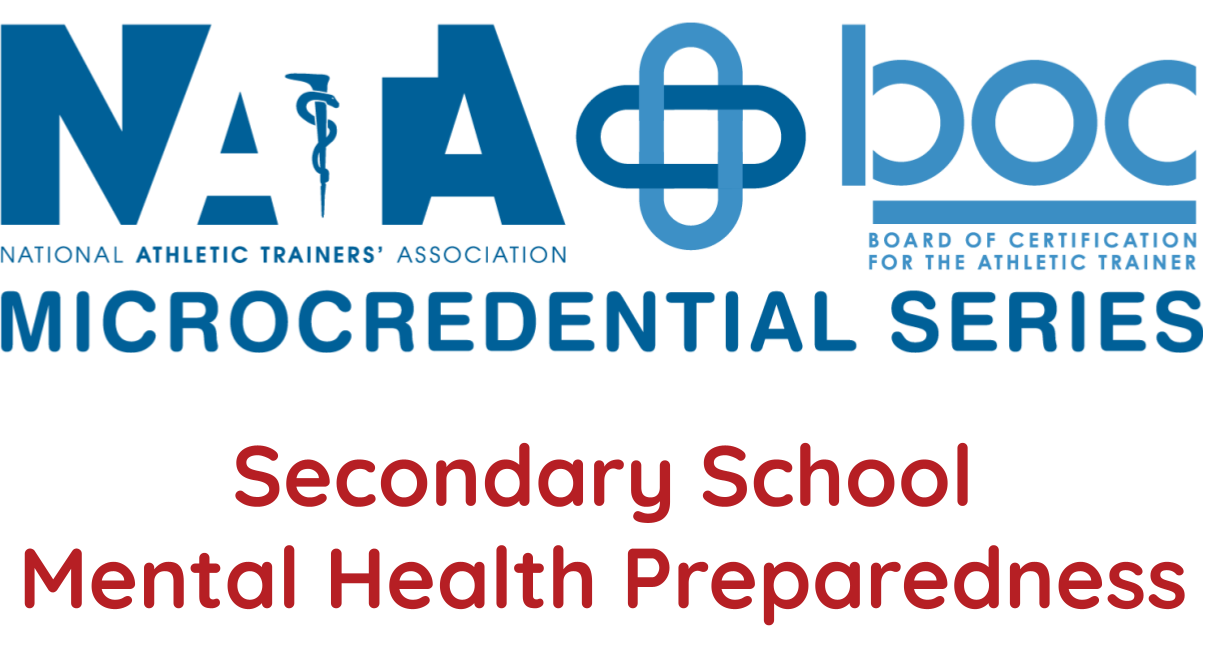
Clarifying the Functional Design and Consequences of Injury for the Clavicle and Acromioclavicular Joint
-
Register
- Non-member - $25
- Member - Free!
- Student - Free!
- Staff - Free!
- Certified Student - Free!
- Retired - $15
Abstract:
The intimate relationship between the clavicle and scapula has been recognized as pivotal for shoulder function. Injury to either the clavicle or acromioclavicular (AC) joint has the potential to disrupt that relationship resulting in decreased function and increased impairment. Traditionally, both clavicular fracture and AC joint injury have been viewed as static, 2-dimensional problems, which has driven clinical management to focus on the restoration of realignment without consideration for dynamic function. These static descriptions of the anatomy and biomechanics of the clavicle and AC joint do not provide the context for the most effective understanding of AC joint injuries. Furthermore, as the literature continues to grow on this topic, reports have been consistently showing scapular dysfunction to be at least moderately associated with clavicular and AC joint injury. The consequences of continuing to view these structures 2-dimensionally without consideration for scapular function could have a negative impact on evaluation and treatment outcomes. Therefore, this session intends to provide a more functional description, relating the anatomy to how it facilitates, guides, and optimizes 3-dimensional mechanics of the clavicle, scapula, AC joint, and arm to create motions, forces, and work to accomplish tasks. Functional consequences will be discussed in addition to the most current evidence-based evaluation and treatment recommendations.
Objectives:
- Participants will be able to describe the biomechanics of shoulder function when the clavicle and AC joint are intact.,
- Participants will be able to describe the biomechanics of shoulder function when the clavicle and AC joint are injured.,
- Participants will be able to distinguish between the Rockwood classification system and the ISAKOS classification system of AC joint injury.
Level:
Advanced
Domains:
Domain 2: Assessment Evaluation and Diagnosis
Domain 4: Therapeutic Intervention
CEUs:
1.0 Category A
Keywords: shoulder, joint, clavicle, Acromioclavicular, AC joint, shoulder function, scapula, impairment, treatment
On-Demand (Enhanced Access) Course Expiration:
Courses registered for after February 5, 2025, must be completed by December 31, 2025, at 11:59 p.m. CST.
For full details, refer to the expiration policy on our FAQ page.
Aaron Sciascia, PhD, LAT, ATC, PES
Aaron is the Clinical Outcomes and Research Director at Lexington Clinic. He previously served as an associate professor for Eastern Kentucky University's CAATE-accredited Master’s in Athletic Training program and spent 13 years as the coordinator of the Shoulder Center of Kentucky. He received a Bachelor of Science in Athletic Training degree from the University of Delaware and a Master of Science in Kinesiology degree, graduate certificate in Clinical and Translational Science, and Doctor of Philosophy in Rehabilitation Science, all from the University of Kentucky. He has been previously honored as Clinical Athletic Trainer of the Year and with the Award of Merit from the Kentucky Athletic Trainers’ Society and the Founders' Award from the American Society of Shoulder and Elbow Therapists (ASSET). Aaron has previously served ASSET as President and holds the distinction of Fellow within the Society. He is also an Affiliate Member of the American Shoulder and Elbow Surgeons and a Distinguished Fellow of the Athletic Training Academy within the National Academies of Practice. Aaron has produced multiple peer-reviewed articles and book chapters related to function, evaluation, and treatment of the shoulder and scapula, and he speaks at various venues annually. He has co-edited 2 textbooks and serves as an associate editor for the International Journal of Athletic Therapy and Training.

